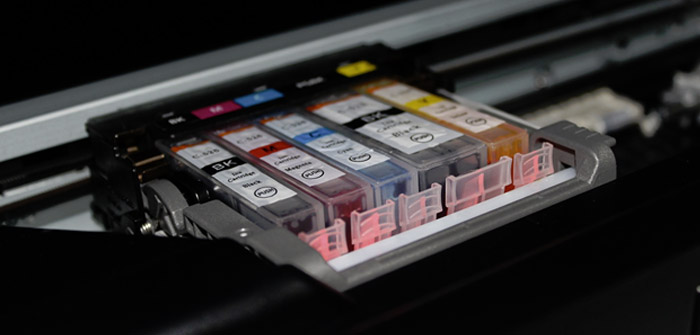Printing files is still a necessity for plenty of people, whether for professional or personal use. While this can seem like a superficially simple process, there are still a few pitfalls that can complicate matters and compromise the quality of the results you get.
To address this, here are a few of the main mistakes made when preparing files for printing, and the best ways to steer clear of them.
Image Source: Pixabay
Choosing the wrong file type
Not all file types are created equal, and if you want the best results from printing, as well as guaranteed compatibility with almost any device, then choosing the appropriate format is important.
When it comes to printing important documents, saving them as a PDF first will give you this desirable combo of quality and compatibility. And since you can easily convert and edit a PDF file using online tools, it does not matter what format a document is currently in, as changing this can be achieved in a few clicks.
Using a low resolution
The higher the resolution you print at, the crisper and clearer the resulting pages will be. This is relevant not only for text documents, but also for images, where an improperly selected resolution can throw a real spanner in the works.
Printer resolutions are expressed as dpi, or dots per inch, so the greater the number, the cleaner the finished product. 300dpi is a sensible middle ground, and should be supported by most modern printers, and more capable models may even offer higher resolutions to choose.
Overlooking the template
Plenty of printing projects will involve the use of a template, which will let you know which parts of the file will be visible after printing and trimming, if relevant.
Effective use of a template will ensure that all text and other important elements are visible, while failing to take heed of this could leave you with unwanted white space or cropped-out design elements. Knowing all of the relevant parameters is sensible, as is adhering to them throughout the design process, so that printing can go smoothly.
Selecting the wrong color mode
CMYK is the gold standard for color printing, but it is not always selected by default, and instead your file may be using RGB color mode, which can create complications and result in the inclusion of unwanted or unattainable hues.
Changing the color mode within the file menu of your preferred document editor is straightforward, and will sidestep this issue altogether.
Harnessing compression
While compression may be useful for minimizing file size for storage and transfer, it is not helpful in a printing preparation context, since you will want to include as much detail as possible so that this can be interpreted by the printer.
In particular if your file features edited images, aim to use the lowest level of compression when saving, and if possible switch to TIFF formatting rather than JPEG.
Once you have a hang of all these elements, you should be set to prepare print files efficiently every time.





